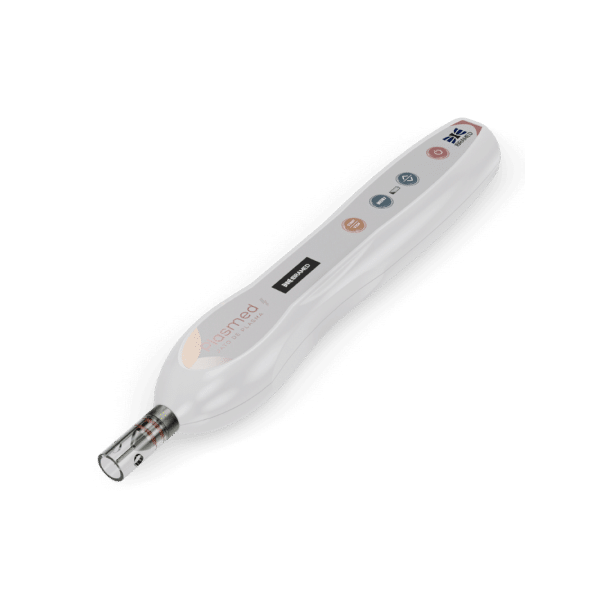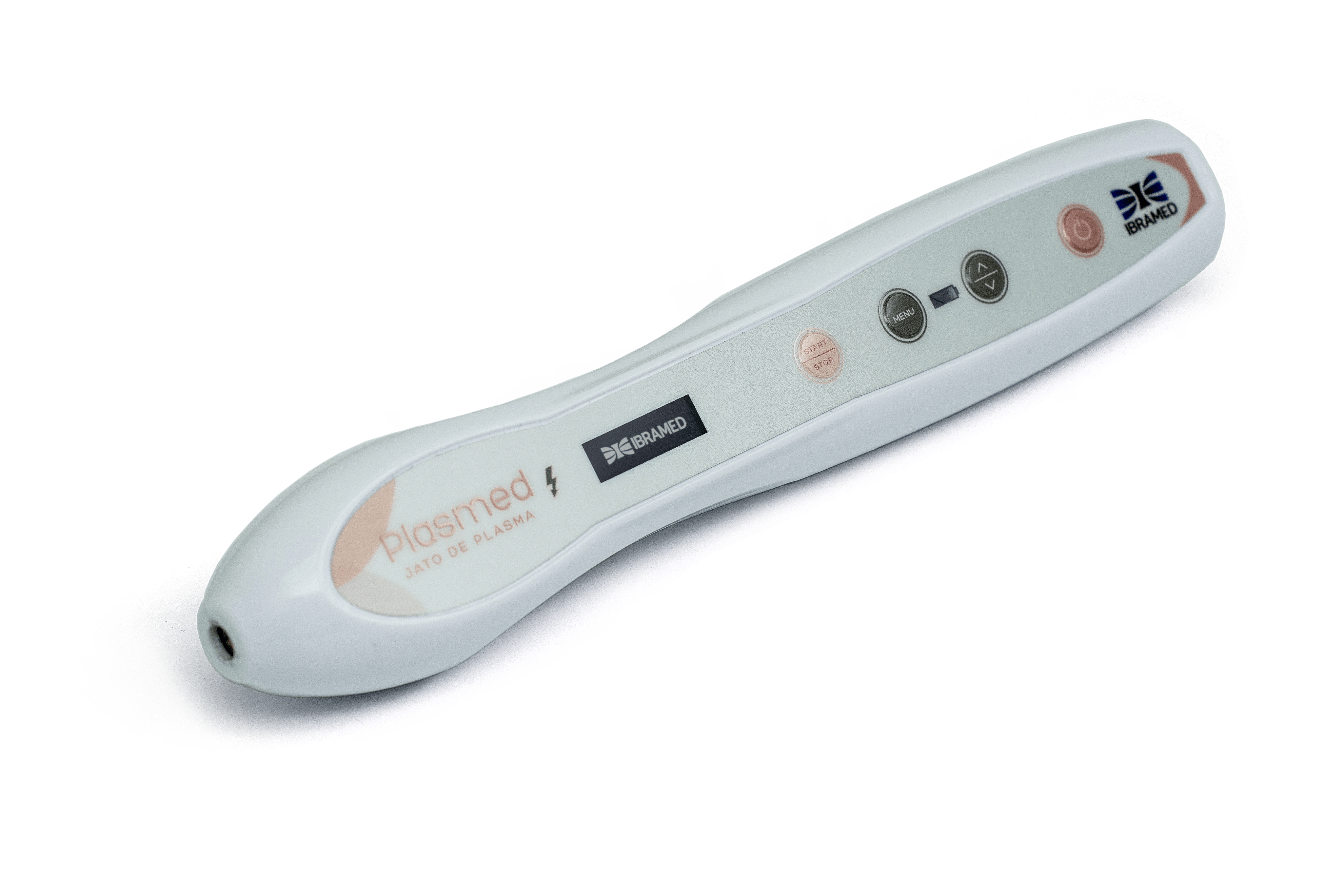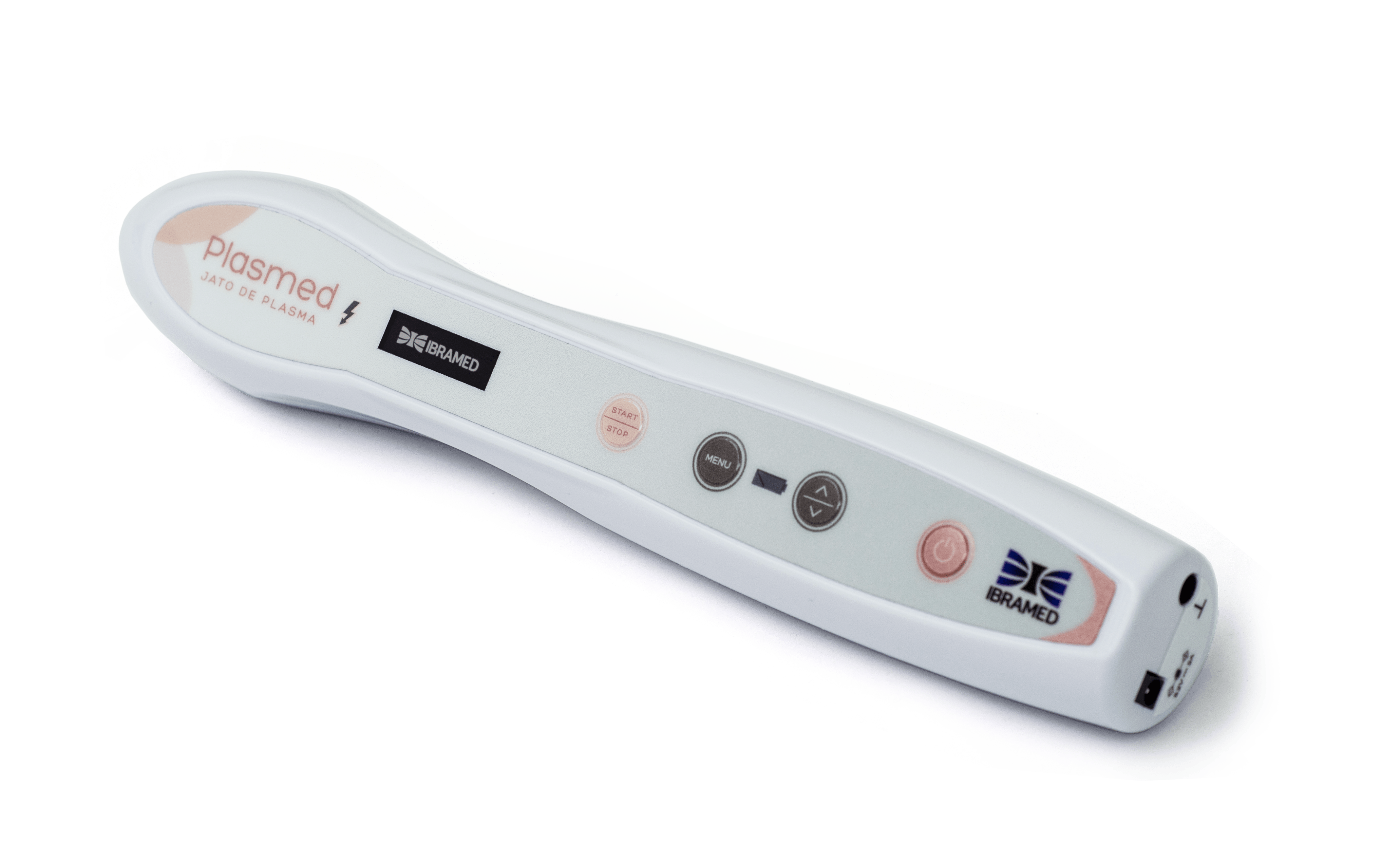Plasmed
Plasma Jet
Accuracy
Power
New unique design
More compact
More compact
Its highly sensorial and anatomical design allows greater therapeutic comfort to the professional, being the most compact in the category. Which facilitates transport and homecare treatments.
We know… it’s beautiful, isn’t it?
unique spacers
It has exclusive application spacers, which control the natural tremors of the hands and generate greater safety and precision in the application.
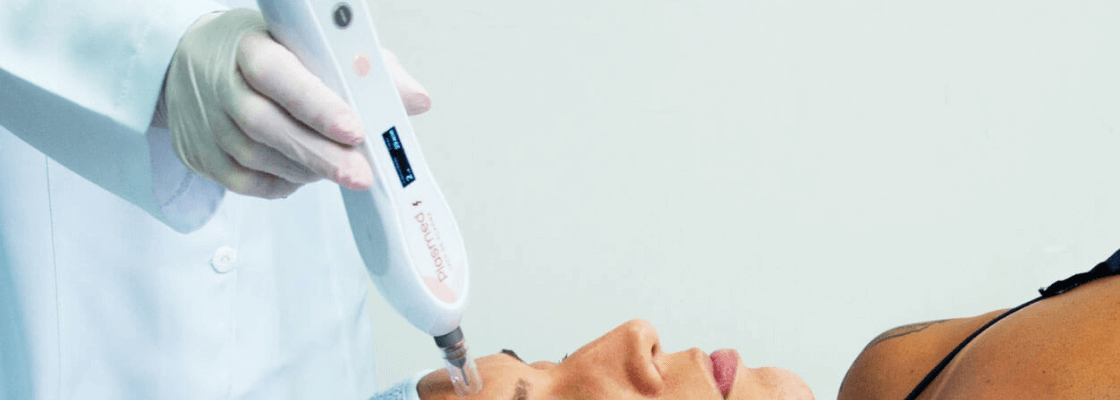
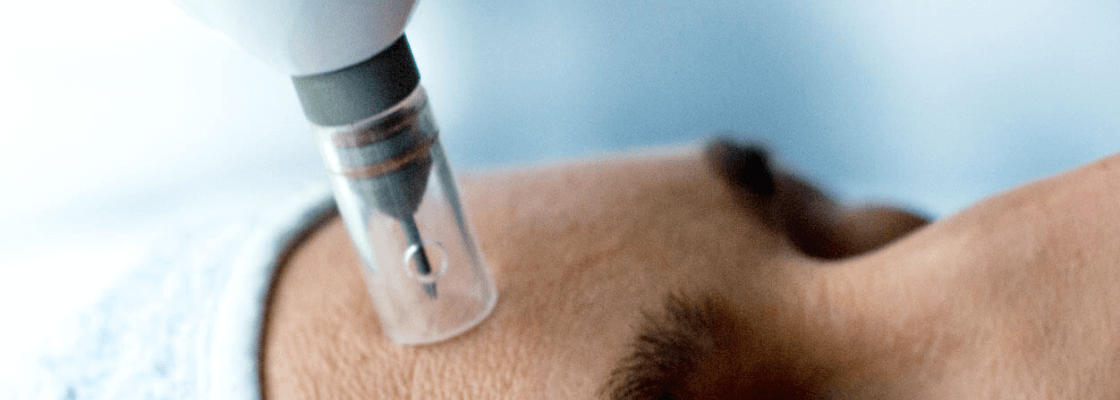


The PLASMED is the ONLY EQUIPMENT MANUFACTURED in BRAZIL that is a direct current plasma generator.
This feature is important because:
- less inflammatory process;
- lower risk of hyperchromias;
- less hassle in the application;
- less post-procedure swelling;
- possibility of superficial and deep injuries;
- more stable plasma discharge.
And the wires? Forget it!
Plasmed has an internal battery of 2,600 milliamps/hour, allowing for wire-free application. In addition, it has a Monitored Battery security system, which warns you of any problems encountered or when the battery is running low.
9 Tips
Wide range of treatments
Plasmed comes with 9 different tip options, expanding the range of possible regions and treatments. All of them developed in high quality stainless steel, which guarantees greater durability and resistance.

STRAIGHT Tip
POINT FULGURATION TIP
Suitable for:
Wrinkles
Expression lines
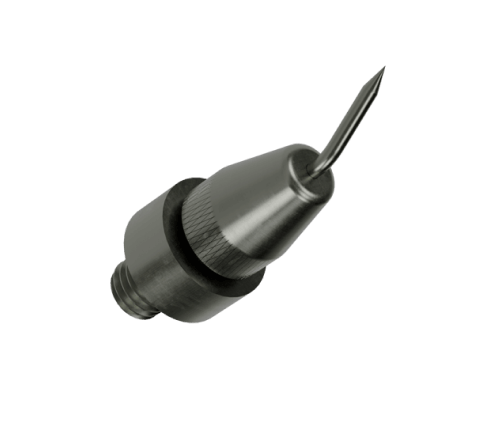
CURVED Tip
POINT FULGURATION TIP
Suitable for:
Sagging eyelids
Wrinkles
Expression lines
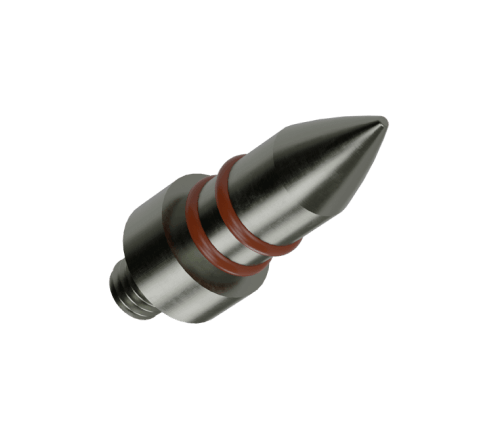
CONE Tip
POINT FULGURATION TIP
Suitable for:
Hyperpigmentation
Sagging skin

NEEDLE Tip
POINT FULGURATION TIP
Suitable for:
Wart Removal

Larger DISC Pointer
CONTACT HANDLE
Suitable for:
Sagging skin
Streaks
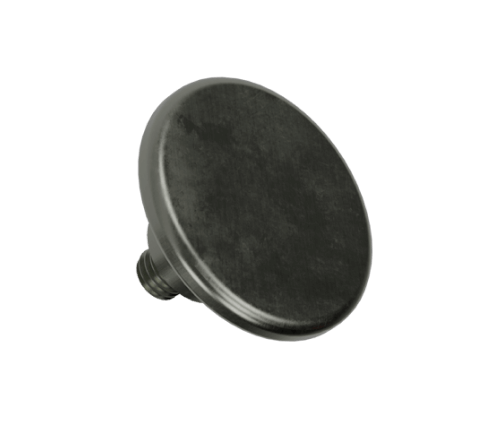
SMALLER DISC Tip
CONTACT HANDLE
Suitable for:
Streaks
Atrophic scars
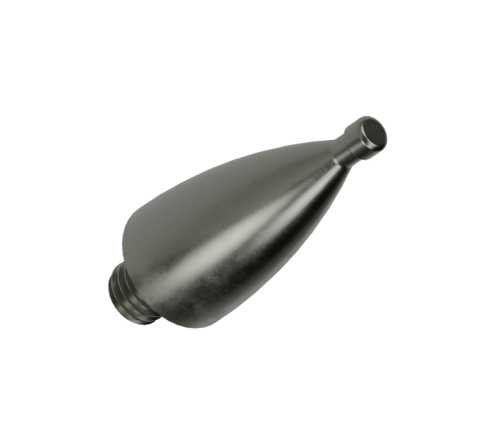
P Pointer
CONTACT HANDLE
Suitable for:
Sagging eyelids
Periorbital wrinkles

M Tip
CONTACT HANDLE
Suitable for:
Nasogenian sulcus
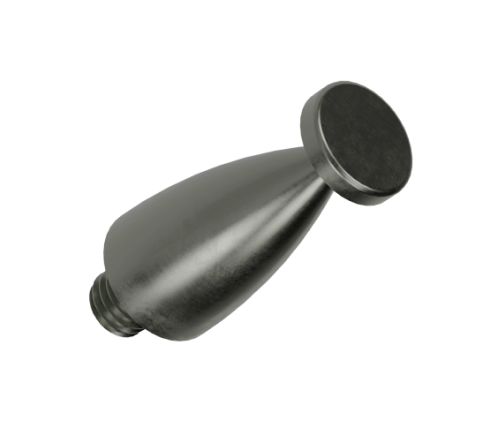
G Tip
CONTACT HANDLE
Suitable for:
Front region
4 Application Techniques
Plasmed Exclusivity
- Application by Sweep Fuguration;
- Application by Punctual Fuguration;
- Plasma Peeling Application;
- Application for cosmetic permeation;
Mode Pulsed
And who doesn’t have a lot of experience in the matter? We thought about that too!
The Ibramed Plasma Jet has the exclusive pulsed mode, in which you choose the application time and the waiting time of the equipment, generating equal injuries and giving greater assistance in the execution.
Portability with style!
Exclusive case
Portability and style go hand in hand in our Plasma Jet.
PLASMED has a beautiful and exclusive case, which helps organize accessories and facilitates the transport of your plasma jet.
Device information
- POWER SUPPLY 5.2VDC 2A
- 01 CHAIN CABLE SINGLE GRAY-PIN WIRE
- 01 SELF-ADHESIVE RUBBER ELECTRODE 5.0 x 9.0 cm
- 01 STRAIGHT HANDLE
- 01 CURVED TIP
- 01 CONE HANDLE
- 01 NEEDLE TIP
- 01 SMALLER DISC TIP
- 01 LARGER DISC TIP
- 01 HANDLE P
- 01 M HANDLE
- 01 G TIP
- 01 TUBE WITH GEL (Cap. 100 grams)
- 01 IBRAMED PORTABLE BRIEFCASE
- 01 DIGITAL PLASMED OPERATIONS MANUAL – ANVISA
- Width: 39mm ±5% 1.53 in
- Depth: 219mm ±5% 8.62 in
- Height: 34mm ±5% 1.33 in
- Net weight: 0.160kg ± 5%
- Automatic bivolt: 100 to 240 V | 50/60 Hz;
- Insulation class: CLASS II
- Electrical Shock Protection: Type BF Applied Part
- Operating temperature range: 5 – 35 °C / 41- 95 °
DYNAMIC APPLICATION TECHNIQUE BY CONTACT
The dynamic application technique by contact is used to promote an increase in local blood circulation, and therefore, in the application area, there should be a slight hyperemia.
APPLICATION BY SPOT FULGURATION
The technique of application by punctual fulguration is used to promote a lesion by cauterization of the target tissue, and therefore, in the area of application, there should be a small punctual crust of dark color.
FULGURATION SCAN APPLICATION
The application technique by scanning fulguration is used to promote the denaturation of the target tissue, and therefore, in the application area, areas of whitish appearance should be present.
- Increased microcirculation.
- Facial Rejuvenation.
- Sagging skin.
- Treatment for Stretch Marks.
INDICATIONS FOR MEDICINE
- Increased microcirculation.
- Facial Rejuvenation.
- Sagging skin.
- Skin hyperpigmentation.
- Treatment for Stretch Marks.
- Sagging eyelid.
- Removal of small warts.
- Vitiligo.
- Epilepsy.
- Diabetes Mellitus.
- Pregnancy and lactation.
- Continuity Solution.
- Immunocompromised Patients.
- Infectious skin diseases.
- Keloids or Keloid Propensity.
- Metal implants in the treatment area.
- Do not apply directly to the eyeball.
- Use of oral isotretinoin in the last 6 months.
- Skin cancer or any other type of cancer.
- Use of anti-inflammatory drugs or systemic corticosteroids.
- Medications with substances that stimulate melanin.
- Any inflammatory skin condition such as eczema, active herpes simplex, etc., in the area to be treated.
- Patients with a cardiac pacemaker or any other implanted electronic device.
- Not to be applied over carotid sinus nerves, particularly in patients with altered sensitivity to the carotid sinus reflex.
- Not to be applied over the cardiac area.
- Not to be applied to infected, inflamed areas, or over skin eruptions such as phlebitis or thrombophlebitis.
- On occlusive vascular diseases and circulatory insufficiency, as in cases of deep vein thrombosis, phlebitis, varicose veins, obliterating arteriosclerosis.
Is it necessary to use a dispersive electrode to apply all the techniques available in Plasmed?
Yes, as the equipment has a direct current, for all available indications of the equipment, it is necessary to use the dispersive electrode to generate the plasma.
Is Plasmed a plasma jet or electrocautery?
The PLASMED is a Plasma Jet equipment that promotes the dielectric barrier discharge (DBD) using a direct current and promotes the ionization of atmospheric air by interaction with oxygen, and thus, the plasma discharge occurs.
How can I guarantee that it generates plasma?
Plasma is generated by the ionization of atmospheric air, if the equipment is not able to ionize the atmospheric air, it is not possible to form the bluish-colored plasma discharge that can be seen in applications through the fulguration technique.
Is Plasmed suitable for removing pigmentation?
The plasma jet can lighten the micropigmentation region, but for that several sessions are necessary (working in layers) due to the depth where the micropigmentation ink is injected and the ability of plasma discharge to penetrate the biological tissue. For tattoo removal, this type of equipment is NOT indicated.
Is it normal for the therapist to feel a sensation of shock during the application of Plasmed?
The therapist should wear latex gloves during application.
The equipment has a direct current, if the therapist does not use gloves, when touching the patient, he can close the electric field with the patient and feel a stimulus (slight shock sensation). That’s why the use of latex gloves is essential.
Can I associate assets in the application? As for the contact tips, will the use of gel or without gel be indicated?
When we apply the gel-free contact tips, the hyperemia is greater, due to the increase in local blood circulation and micro-cracks that occur in the epidermis, thus preparing the skin for the subsequent procedure. Therefore, in the case of using cosmetic products with actives, the ideal is to apply first without gel and then apply again in the same place using the cosmetic product. Because it is an electric current, it is important that the cosmetic product to be used has water in its composition.
Plasmed uses a direct current for the plasma discharge to occur, due to this, if it is used during the cosmetic active during application, the ideal is to use polarized cosmetic products, which have negative polarity to optimize the permeation of the actives in the tissue. by means of electrorepulsion due to the fact that the Plasmed tip has negative polarity.
Regarding the intensity to be used, as it is an equipment that generates high voltage, when the equipment is used without gel, the intensity should not be increased above level 4.
What is Plasmed’s protocol for stretch marks?
We only use the contact tips.
Carry out the contact technique using any of the gel-free disc tips, apply the entire area where the stretch marks are located. After that, using one of the 3 small contact tips, perform the application on each striae without the use of gel until homogeneous hyperemia (±3 passes).
What is Plasmed’s protocol for wrinkles?
First, perform the contact technique using any of the gel-free disc tips, apply the entire area where the wrinkles are located. After that, using one of the 3 small contact tips, apply on each wrinkle without the use of gel until homogeneous hyperemia (±3 passes). Then, the fulguration technique must be applied in lines and furrows, interspersing the points around the wrinkle, using the straight, needle or curved tip.
What is Plasmed’s protocol for blemishes (melanosis)?
The fulguration technique must be applied on the spots using the cone tip. The application parameter is visual, the application being interrupted when you notice a grayish aspect at the site, thus preventing the lesion from becoming too deep. It is suggested that, in the first session, the application is carried out until you notice a whitish appearance in the treatment area, in order to save the skin and evaluate its evolution for the next sessions. Although the fulguration technique is indicated, the application on the spots should be performed with circular movements and not in a static way, in order to avoid carbonization, especially in darker skins that tend to hypopigment more easily after the inflammatory process. The suggested intensity for these applications is from 6 to 7, depending on the tolerance and skin color of each patient.
In the case of stain treatments associated with hand rejuvenation, it is recommended that the contact technique be performed on the entire area of the back of the hands, using any of the gel-free disc tips. Then, the fulguration technique must be applied on the spots on the hands using the cone tip. The application parameter is visual, the application being interrupted when you notice a grayish aspect at the site, thus preventing the lesion from becoming too deep.
What is the Plasmed protocol for Sagging Skin/Upper Eyelid?
First, it is indicated that the demarcation of the area is carried out to facilitate the application, using a white pencil to demarcate the desired area, making sure that the places with the greatest presence of sagging skin are demarcated. Demarcation should be done by drawing 2 rows of dots and anchor points in the center of the two rows. The marking should be made from the periphery of the upper eyelid to the center of it and from the bottom to the top. The technique to be used is the fulguration technique with the curved tip. Do not apply the equipment on the mobile eyelid, due to the proximity to the eye region.
What is Plasmed’s protocol for wart removal?
The application technique to be performed is the fulguration technique with the needle tip. The objective of the technique for this type of treatment is to carbonize the center of the wart and its margins. The goal is to carbonize the wart, but not destroy it. After application, with the repair and regeneration process, a crust will form over the application site and it is necessary to wait for the crust to be removed spontaneously, which can take an average of 10 days. Although the fulguration technique is indicated, the application on the warts should be performed with circular movements, and not in a static way, on the center of the wart and its margins. The use of moisturizers, such as Bepantol, is recommended to hydrate the area while there are crusts.
What is the Plasmed protocol for rejuvenation?
First, perform the contact technique using any of the gel-free disc tips, apply the entire area where the wrinkles are located. After that, using one of the 3 small contact tips, apply on each wrinkle without the use of gel until homogeneous hyperemia (±3 passes). This technique is described as plasma peeling. After that, perform the permeation of actives with the disc contact tips, using a cosmetic product with negative polarity. Then, if necessary, perform the punctual fulguration technique on wrinkles or in areas with sagging skin, using straight, needle or curved tips. Scanning fulguration (small movements) can also be performed on the spots that may be present at the treatment site, using the cone tip.
What other types of treatments can I combine for rejuvenation? For example LED?
Carboxytherapy can be combined with Plasmed in the same treatment session to support tissue and improve skin quality. The LED or low-intensity laser can also be associated with Plasmed in the same treatment session with the aim of inflammatory control and stimulation of the tissue repair and regeneration process.
Other therapeutic modalities such as radiofrequency, tecartherapy, peelings, microfocused ultrasound, can generate an intense inflammatory process at the site and promote increased skin sensitivity. be performed in sessions interspersed within a treatment protocol.
What are the possible adverse reactions of PLASMED?
Some adverse reactions may occur such as:
- Deeper burns due to the use of an undesired high intensity and/or emission time per application point in the fulguration technique.
- Skin irritation that can occur due to incorrect use of dispersive electrodes.
- Dischromias and/or scars at the application site if the depth of the lesion is greater than the proposed therapeutic objective.
